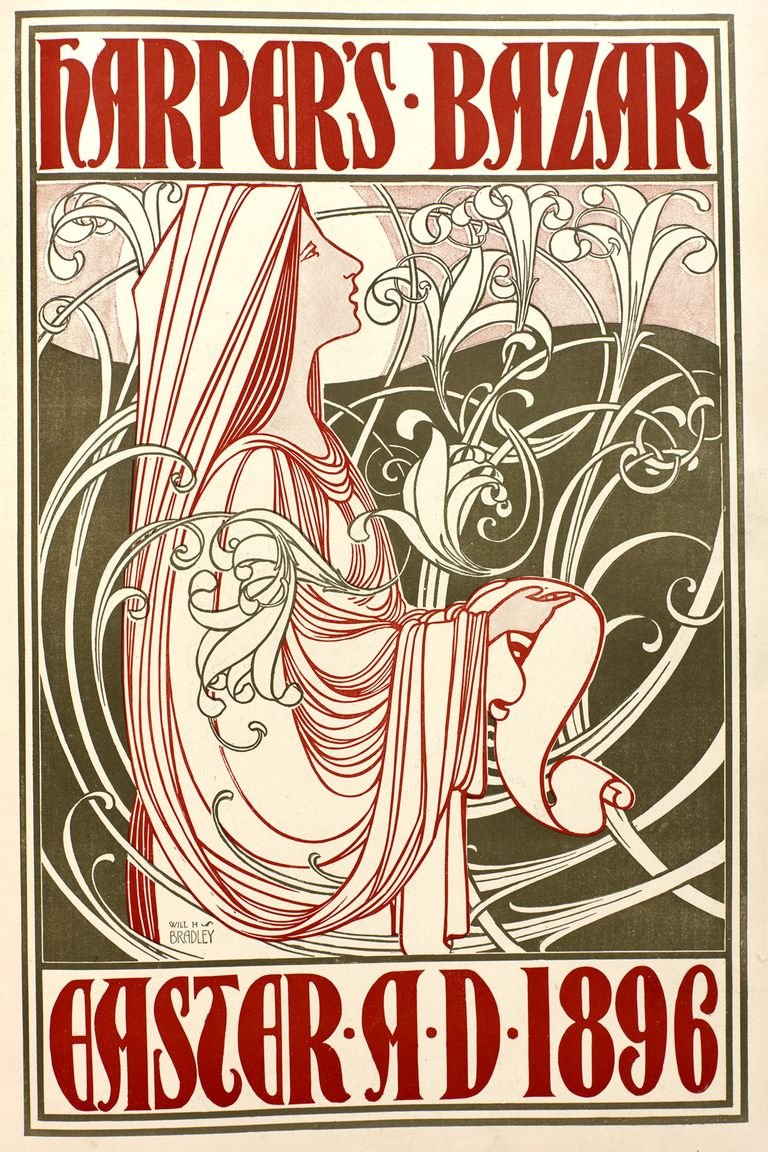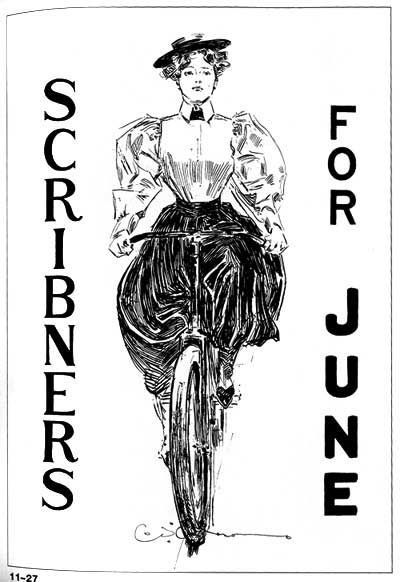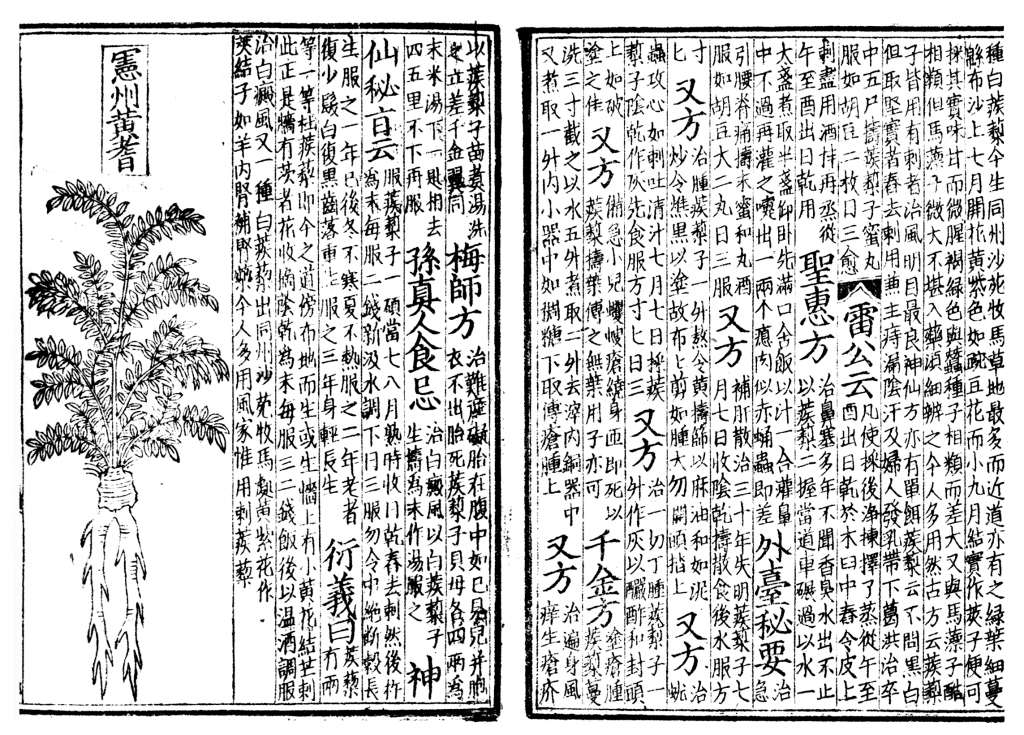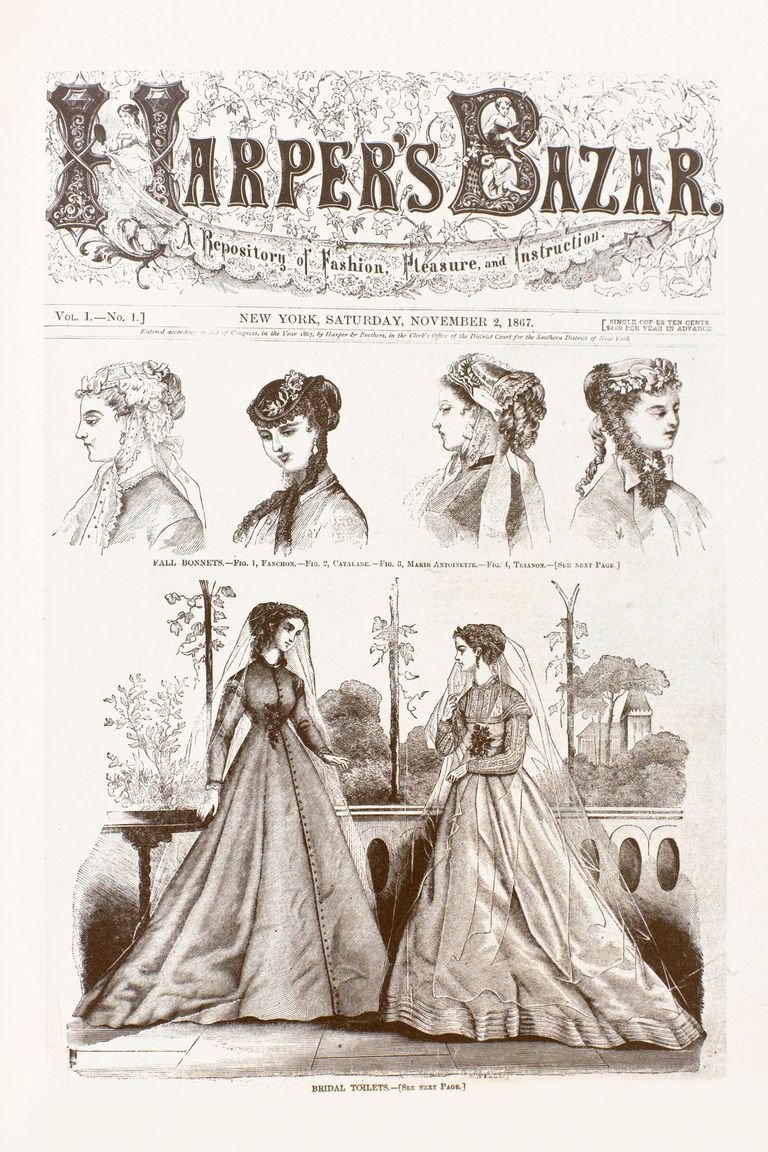Category: DD3016-HISTORY OF DESIGN
DD3016 HISTORY OF DESIGN: LECTURE 4 REFLECTIONS
Surprisingly, I really enjoyed History of Graphic Design as compares to History of Art I and II. In the beginning, I was overwhelmed by the fast paced lectures with heavy content. Most of time in class, I was busy matching the words on the list and the slides. If the order of words on the list match the slides that will be really helpful. Progressively, I found my way to survive in the class and the 30 mins breaks was really helpful. I have a love hate relationship with the quizzes, the memorising part is just painful, however its helps me to reinforced my knowledge and I will actually do more research while I was revising for the test.
I guess the biggest take away for me is i got to know more graphic designers even though my knowledge of each artist is limited, however, its gives me a direction when I wanna do research during certain period of time, who are the graphic designers I can study about.
DD3016 History of Design: Lecture 3 Reflections
Continue from last week’s reflection on revolution of the Magazine cover of Harper’s Bazaar during Art Nouveau period. For this week’s lecture, I am gonna share about Editoral deisgn of Harper’s Bazaar during Art Deco period.
Alexey Brodovitch is known foremost for his work on the american fashion-magazine Harper’s bazaar.His style of combining elegantly set typography with new and experimental trends in photography became widely popular in the 1940s and 50s and helped to keep the magazine at the forefront of its field in a swiftly changing world.

The typeface he preferred was Bodoni, but when needed he switched to Stencil, Typewriter or a script. He matched the typeface with the feeling or with the need for an appropiate effect. His layouts are easily recognized by his generous use of white space. Colleagues at other magazines saw his sparse designs as truly elegant, but a waste of valuable space.



Brodovitch’s signature is his obsessive cropping brought to layout, often off-center, brought them to the edge of the page, integrated them in the whole. He used his images as a frozen moment in time and often worked with succeeding pages to create a nice flow trough the entire magazine. This brought a new dynamism in fashion layouts.

Overall, I really enjoy Alexey Brodovitch’s way using white space and cropped his photographs often off-center, brought them to the edge of the page, integrated them in the whole to create new dynamism in fashion layouts and he gives me a lot of inspiration for my typography projects.
“If you know yourself, you are doomed.”
– Alexey Brodovitch
References
http://www.iconofgraphics.com/Alexey-Brodovitch/
http://wolfguenterthiel.blogspot.com/2014/12/if-you-know-yourself-you-are-doomed.html
https://www.aiga.org/medalist-alexeybrodovitch/
http://www.iconofgraphics.com/alexey-brodovitch/
DD3016 HISTORY OF DESIGN: LECTURE 3 REFLECTIONS
What interested me the most from last week’s lecture was the revolution of the Magazine cover of Harper’s Bazaar. We can see that the distinctive style of graphic design at different period of time, such as during Victorian era, when the first issue of Bazar appeared, the use the decorative borders, ornate typefaces, and the use of Symmetry was also used heavily in layout and design.


During art novae, the use of a long, sinuous, organic, swirling lines and the undulating asymmetrical line was employed.


Graphic design is heavenly influence by the social political economic changes at that point of time. For example, during the Art and Craftes movement, a time of strong moral and religious beliefs, proper social conventions, and optimism. The illustrators helped promote the idea of the athletic girl as fashionable and socially acceptable.

Here is the link to check out more info about Harper’s Bazaar over here Click Here
References
https://www.loc.gov/exhibits/gibson-girls-america/the-gibson-girl-as-the-new-woman.html
https://www.harpersbazaar.com/culture/features/a18658/history-of-harpers-bazaar/
https://www.oldimprints.com/pages/books/50701/victorian-clothing-patterns/harpers-bazaar-1890-full-year-bound-volume
DD3016 History oF Design – Lecture 2 Reflection
 The Pen ts’ao( 本草綱目)is a Chinese herbology volume written by Li Shizhen during the Ming dynasty;This book illustrated all the plants, animals, minerals, and other items that were believed to have medicinal properties. The text consists of 1,892 entries, each entry with its own name called a gang. The mu in the title refers to the synonyms of each name. The book has been translated into many different languages, and remains as the premier reference work for herbal medicine.
The Pen ts’ao( 本草綱目)is a Chinese herbology volume written by Li Shizhen during the Ming dynasty;This book illustrated all the plants, animals, minerals, and other items that were believed to have medicinal properties. The text consists of 1,892 entries, each entry with its own name called a gang. The mu in the title refers to the synonyms of each name. The book has been translated into many different languages, and remains as the premier reference work for herbal medicine.
WOODBLOCK PRINTING
The Pen ts’aois is one of the first few books aprinted with woodblock. I was interested to find that the Chinese Woodblock printing technique. The woodblock print was created by carving away any parts of the woodblock that were not part of the text or image. The raised surface was inked and pressed firmly and evenly onto paper.
The advantage of using woodblock printing is that its great at mass production(at that point of time) and cost efficient, with the invention of paper was a lot cheaper than vellum and also wood is cheaper than metal. However the disadvantages are firstly its time consuming, it can take a long time to carve, hours or even days, secondly, it is Difficult to carve small details.
Overall, it was very interesting to see the revolution of printing press, and little did I know that the first printing press was invented was originated in China during the first millennium A.D. The worldwide spread of the printing press meant greater distribution of informations and knowledges.
After some research, I found out that Jay chou produced a song call 本草綱目 Chinese Herbal Manual.
Enjoy~
References
https://en.wikipedia.org/wiki/Compendium_of_Materia_Medica
https://www.history.com/topics/inventions/printing-press



